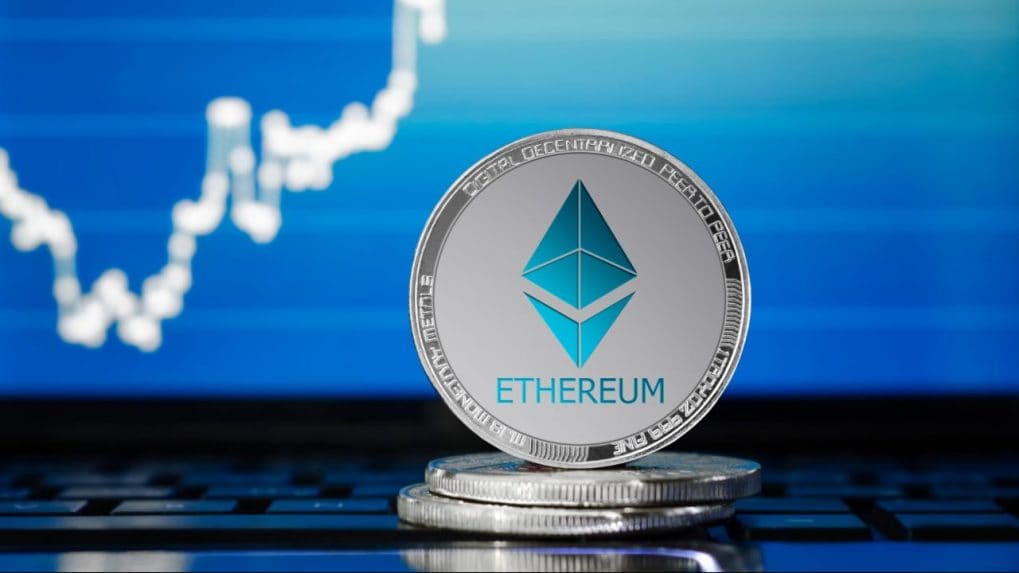Why convert your Ethereum (ETH) to Tether (USDT)? Is it a smart move to swap your holdings in the volatile world of cryptocurrencies for a stablecoin? This article will unravel the complexities of ETH to USDT conversions, offering insights into the strategic considerations and potential pitfalls involved.
Understanding the ETH to USDT Conversion Process
Before diving into the strategic implications, let’s clarify the mechanics of exchanging ETH for USDT. Essentially, you’re trading a decentralized, volatile cryptocurrency (Ethereum) for a stablecoin pegged to the US dollar (Tether). This process typically happens on cryptocurrency exchanges, with the exchange rate constantly fluctuating based on market forces. Many popular platforms offer this service, each with its own fees and procedures. Choosing a reputable exchange is crucial to ensure the security of your assets.
The Allure of Stability: Why Choose USDT?
One of the primary drivers behind ETH to USDT conversions is the desire for stability. Ethereum, like other cryptocurrencies, is known for its price volatility. Switching to USDT allows investors to temporarily park their funds in a relatively stable asset, mitigating exposure to potential market downturns. This is especially appealing during periods of high market uncertainty, when preserving capital is prioritized over potential gains.
Hedging Against Volatility
This conversion can be a strategic hedging tool. If you believe ETH’s price might drop, converting to USDT helps protect your investment value. It’s like having a safety net. However, you miss out on any potential upward movement in ETH’s price during this period.
Strategic Considerations: When to Convert ETH to USDT
Timing is everything. The decision to convert ETH to USDT shouldn’t be impulsive. In my experience, successful trading often involves meticulous planning and analysis. Consider factors such as market trends, your risk tolerance, and your overall investment goals. Looking at technical indicators and analyzing market sentiment can provide valuable insights.
Recognizing Market Signals
Are there clear bearish signals in the ETH market? Is there a significant event on the horizon that might negatively impact ETH’s price? These are the questions you need to ask before making a move. Furthermore, understanding broader economic trends can inform your decisions.
Risks and Potential Downsides of ETH to USDT Conversions
While USDT offers stability, it’s not without its own risks. One key consideration is the ongoing debate surrounding Tether’s reserves and its actual backing. While many exchanges utilize it extensively, it’s crucial to understand the potential risks involved. Always conduct thorough research before making any significant transactions.
Liquidity Concerns and Transaction Fees
Another factor to consider is liquidity. While USDT is generally highly liquid, extremely large transactions might impact the exchange rate. Finally, always factor in transaction fees, which can vary significantly between different exchanges. Comparing fees before you swap is a good practice.
Maximizing Your Returns: Strategies and Best Practices
Converting ETH to USDT doesn’t have to be a one-way street. You can adopt a strategic approach, carefully monitoring the market and converting back to ETH when the price is favorable. This requires continuous market analysis and an understanding of technical indicators.
Dollar-Cost Averaging (DCA)
One approach is to implement a dollar-cost averaging (DCA) strategy, gradually converting your ETH to USDT over time, reducing the impact of any sudden price fluctuations. This strategy mitigates the risk of making a single, ill-timed conversion.
Final Thoughts
Converting ETH to USDT offers a way to manage risk and potentially preserve capital during periods of market uncertainty. However, it’s crucial to understand the implications, potential downsides, and adopt a well-informed strategy. The key takeaway is this: is it a necessary tool for risk management in your portfolio, or simply a reaction to short-term fear? What strategies will you employ to maximize your potential gains in this dynamic market?
